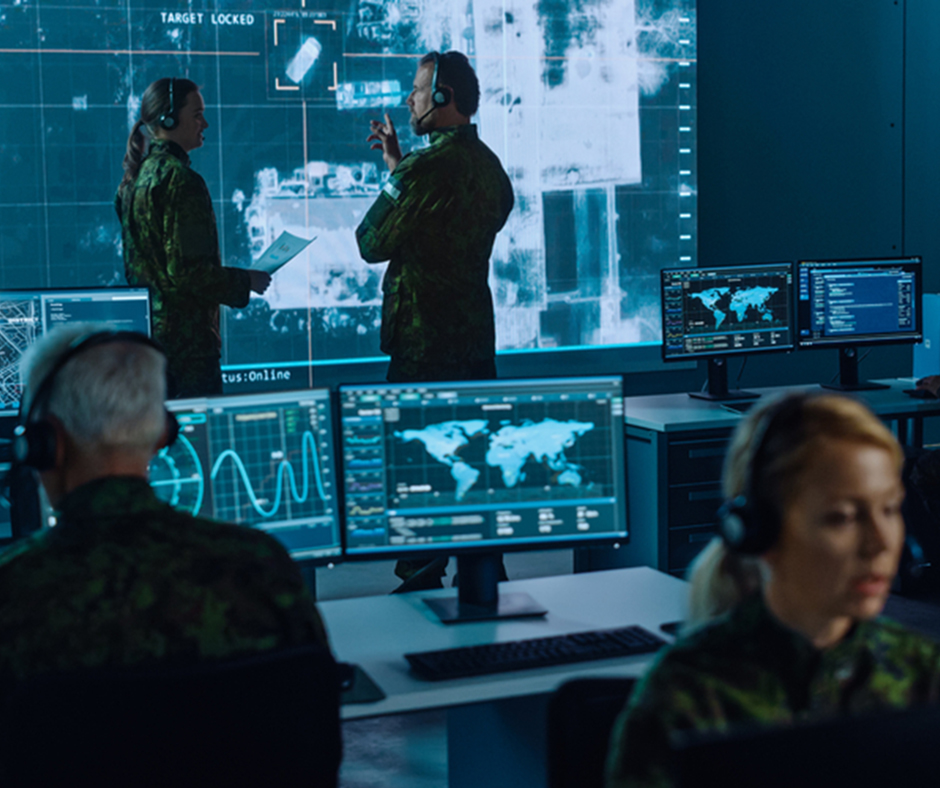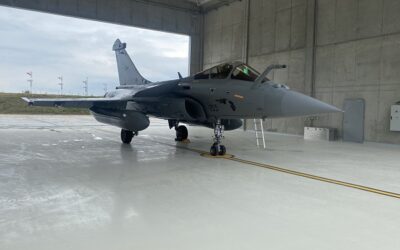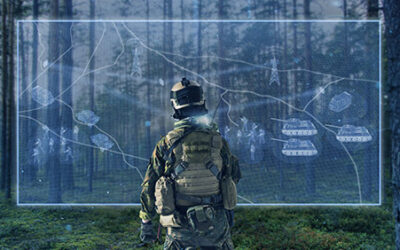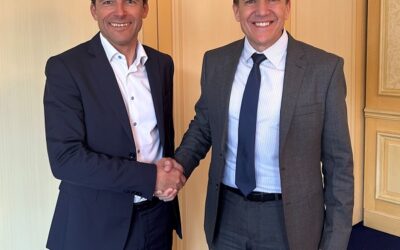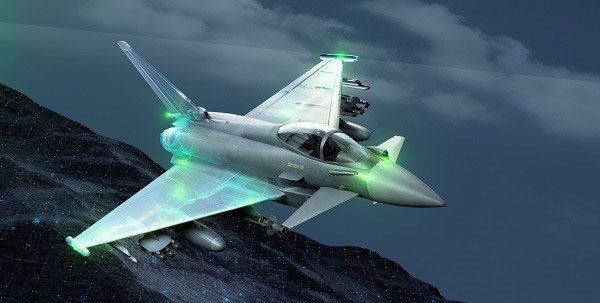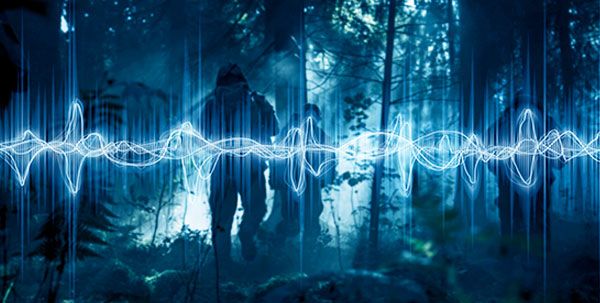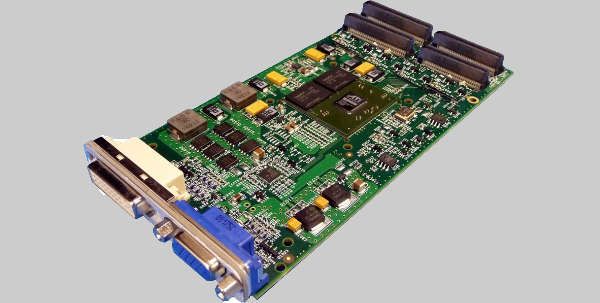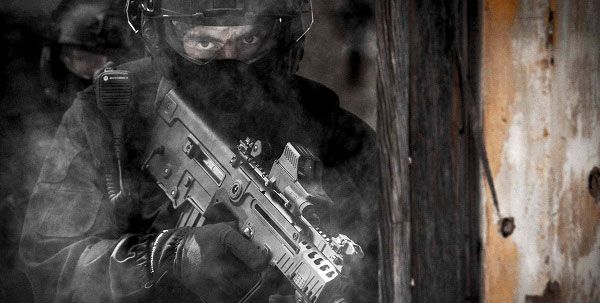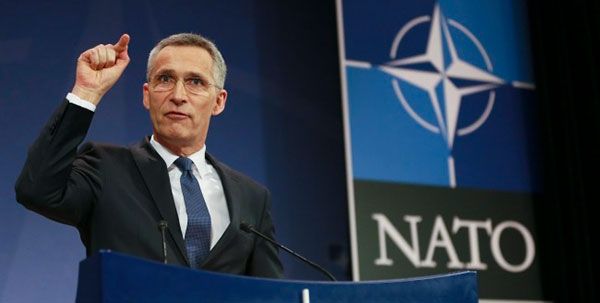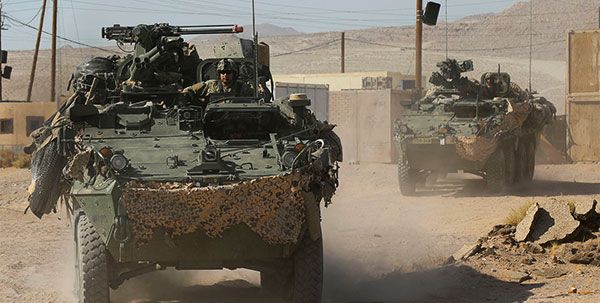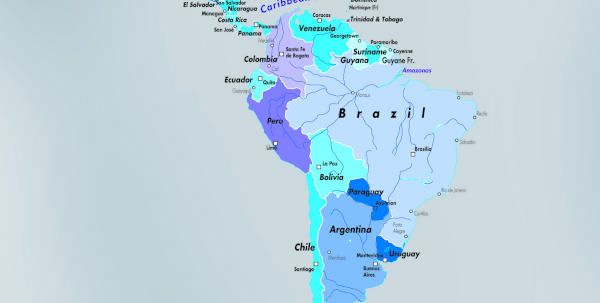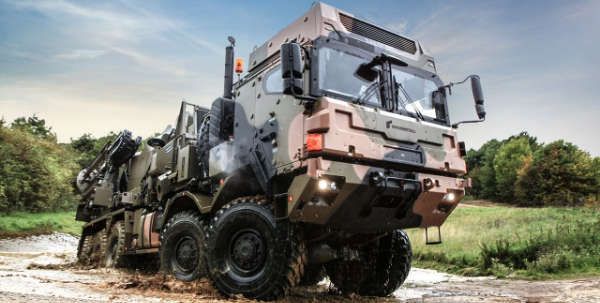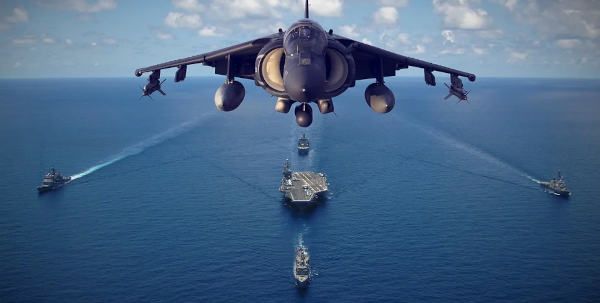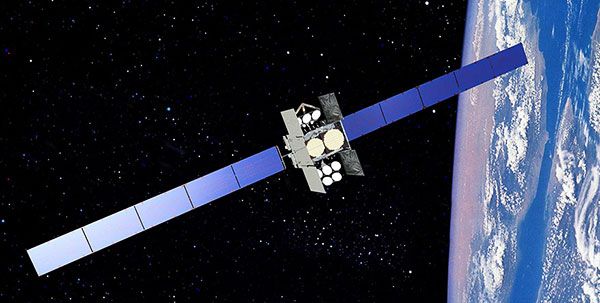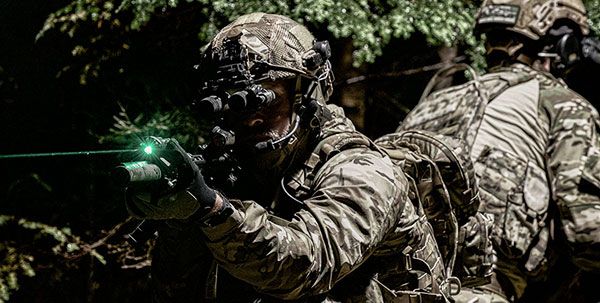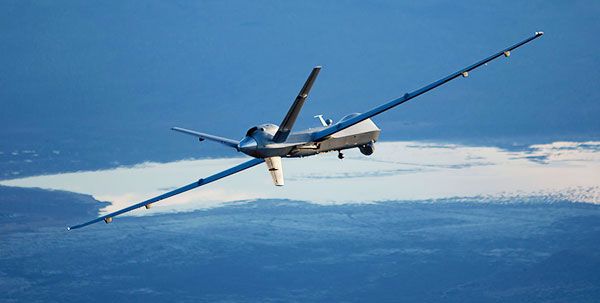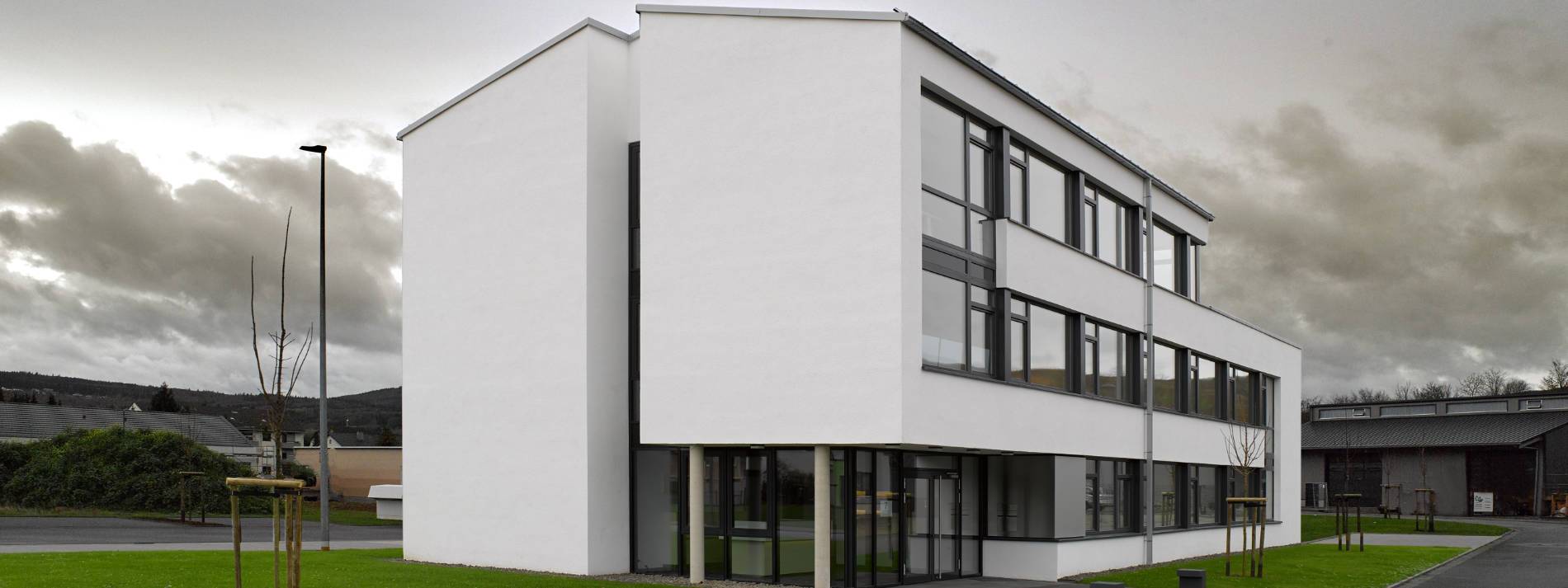Enhanced Realism Supports Better Outcomes
Constructive simulations used for wargaming depend upon high-fidelity models to accurately predict scenario outcomes. For instance, nearly every situation in modern warfare depends on timely communications. Wargaming platforms must model true-to-life networking and communications effects to support development of effective tactics, techniques, and procedures (TTPs). This ensures the impact of any cyber vulnerabilities or poor network performance in a multi-domain battlefield can be accurately modelled – and adequately accounted for – in determining the wargame’s outcome.
Have you considered enhancing your models with a digital twin, allowing you to study how the system or equipment will behave under various operating conditions?
One example of a network digital twin is a digital replica of the communications equipment, its operating environment, and the traffic it carries. The digital twin considers input data on network characteristics, traffic, and the environment, and produces output simulation-based predictions of how network behaviour will be affected by those inputs. This low-cost, low-risk environment can help you accurately portray all the components affecting network operation, including protocols, system configurations, network topology, physical environment and unexpected behaviour, such as cyberattacks.
Hardware and software applications can be interfaced with a network digital twin and executed in real time to enhance wargame value. The digital twin provides a realistic network platform for wargames to model all aspects of the mission. The wargaming platform then handles the platform mobility and the kinetic missions, while the network digital twin handles the underlying communications network and cyber effects.
A network digital twin can address challenges such as:
- Large-scale wargaming;
- Cyber threats;
- Extending a test;
- Effective test planning.
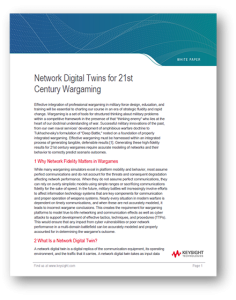 Please download Keysight Technologies‘ white paper, Network Digital Twins for 21st Century Wargaming, to learn about using digital twins to improve wargame modelling, realism and speed, and for analysing what-if scenarios.
Please download Keysight Technologies‘ white paper, Network Digital Twins for 21st Century Wargaming, to learn about using digital twins to improve wargame modelling, realism and speed, and for analysing what-if scenarios.

